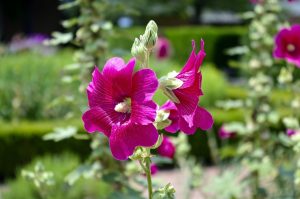This post will explore the optimal conditions for growing clematis, covering aspects such as climate, soil requirements, sunlight needs, and more.
Understanding Clematis Varieties
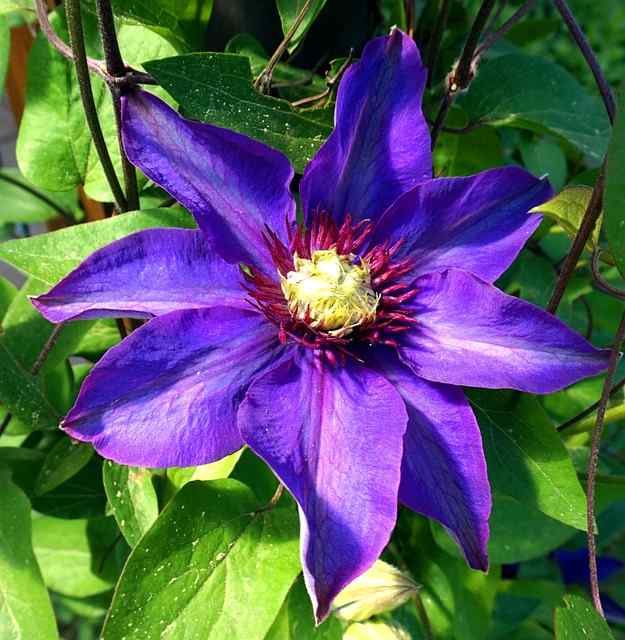
Before diving into the ideal growth conditions, it’s important to recognize that clematis is not a one-size-fits-all type of plant. Different varieties have distinct preferences and tolerances. Broadly, these plants can be categorized into three main groups based on their flowering habits:
Group 1: These bloom in early spring on old wood. Varieties like Clematis montana or some alpine types are in this group.
Group 2: Forming flowers on both old and new wood, this group includes hybrids such as Clematis jackmanii, which produces blooms in late spring and early summer.
Group 3: These species bloom on new growth, typically flowering in late summer to fall. Common examples include Clematis viticella and Clematis texensis.
Understanding which group your clematis belongs to will significantly impact how and where you place them in your garden.
Ideal Climatic Conditions for Clematis
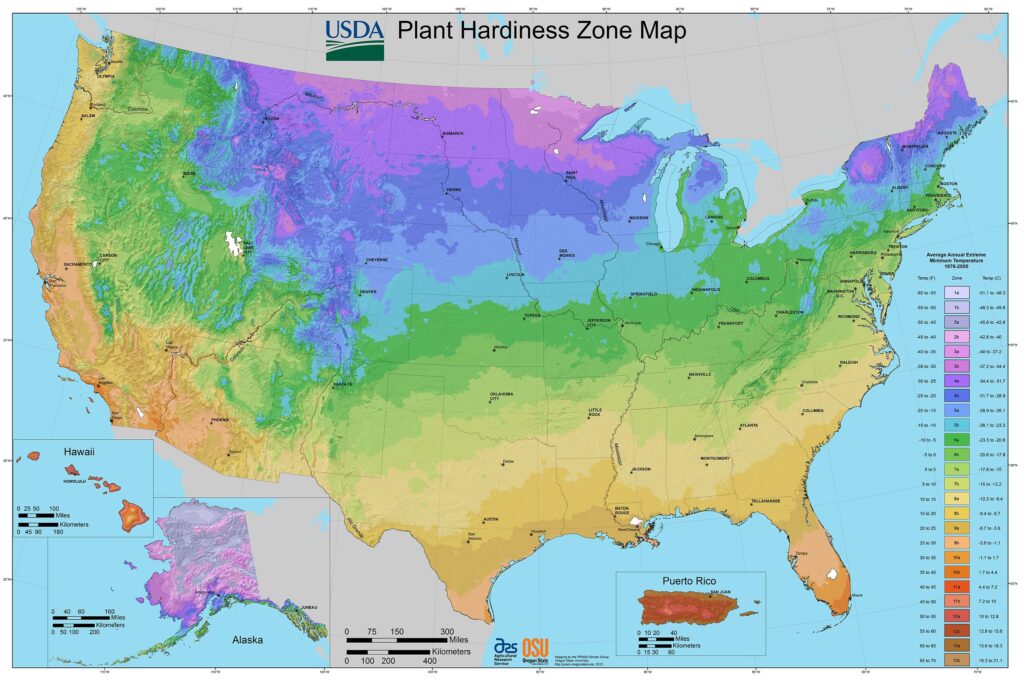
Zone Considerations
Clematis are adaptable, but they do have preferred hardiness zones. Many clematis species are hardy in USDA zones 3 to 9, but certain hybrids and varieties prefer milder conditions. It’s essential to know your local climate and hardiness zone to select the right type.
Temperature and Humidity
Clematis generally prefer a moderate climate. Extreme temperatures—either too hot or too cold—can stress the plant and affect its growth. A range of temperatures between 60°F and 75°F (15°C to 24°C) is commonly ideal. In regions that experience high humidity, such as the Southeastern U.S., it’s vital to provide good air circulation to prevent fungal diseases. Conversely, in drier climates, regular watering and mulching can help maintain moisture levels.
Soil Preferences: Fertile Foundations for Growth
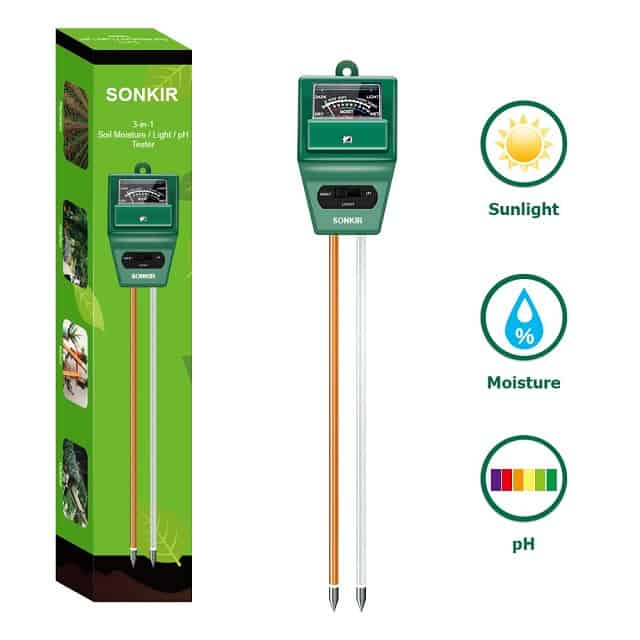
Type of Soil
Clematis thrives in well-draining, fertile soil rich in organic matter. Ideally, aim for a loamy, slightly acidic to neutral pH (around 6.0 to 7.0). Heavy clay or sandy soils can hinder growth unless proper amendments are made. Adding compost or well-rotted manure can improve soil structure and fertility.
Drainage is Key
Good drainage is paramount. Roots standing in water can lead to root rot, which is detrimental to a clematis. As such, raised beds or mounds can provide enhanced drainage. Mulch can also serve a dual purpose; it retains moisture while simultaneously aiding in drainage.
Sunlight: The Brightside of Clematis Growth
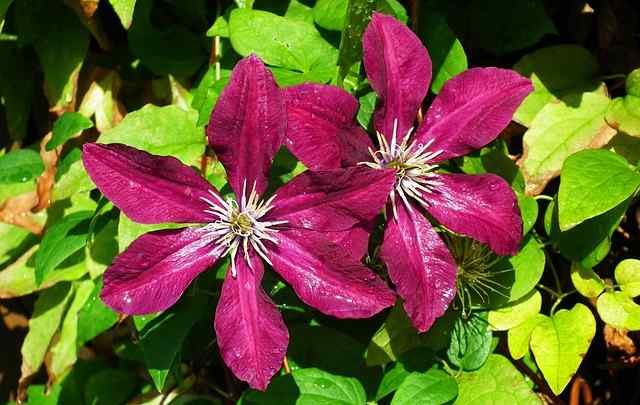
Sunlight Needs by Variety
Most clematis species prefer a mix of sun and shade. Ideally, they like six hours of sunlight daily, especially in the morning. However, the type of clematis affects its sun exposure needs:
Group 1 clematis can often tolerate more shade since they bloom on old wood.
Group 2 performs best with a mix of sun and shade.
Group 3 thrives in full sun, as long as their roots are kept cool.
Protecting Roots from Heat
While clematis enjoys sunlight, it’s essential to keep their roots cool. You can achieve this by planting them in locations where their roots are shaded by other plants or by applying a layer of organic mulch. This balance helps in maximizing their blooming potential.
Location: Plan Your Garden Wisely
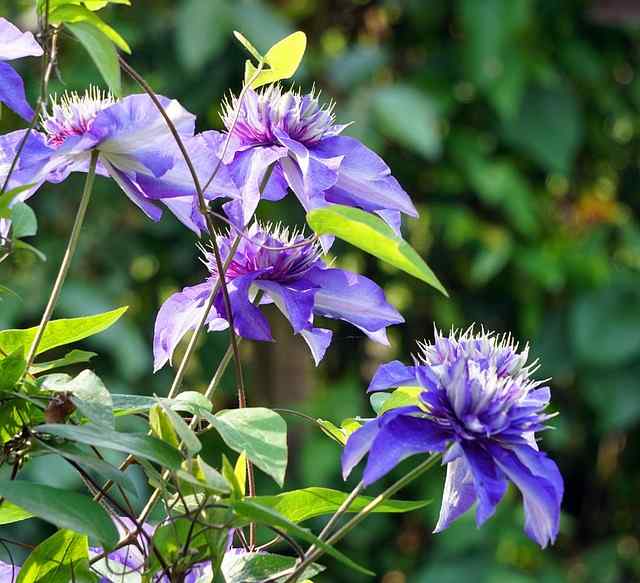
Ideal Spots in Your Garden
Where you plant your clematis within your garden can greatly affect their growth. Look for climbing supports like fences, trellises, or arbors where these plants can showcase their beauty while getting the sunlight they need.
Avoiding Wind Exposure
Clematis can be susceptible to wind damage, so avoid exposing them to strong winds. Placing them near walls or other structures can provide necessary protection while also allowing them to receive adequate sunlight.
Consider Neighboring Plants
When choosing the location, also consider companion plants. A legume can be a great partner to clematis as it enriches the soil with nitrogen. Drought-tolerant plants can also serve as a good buffer, especially if you garden in a region with dry spells.
Watering: Hydration Matters
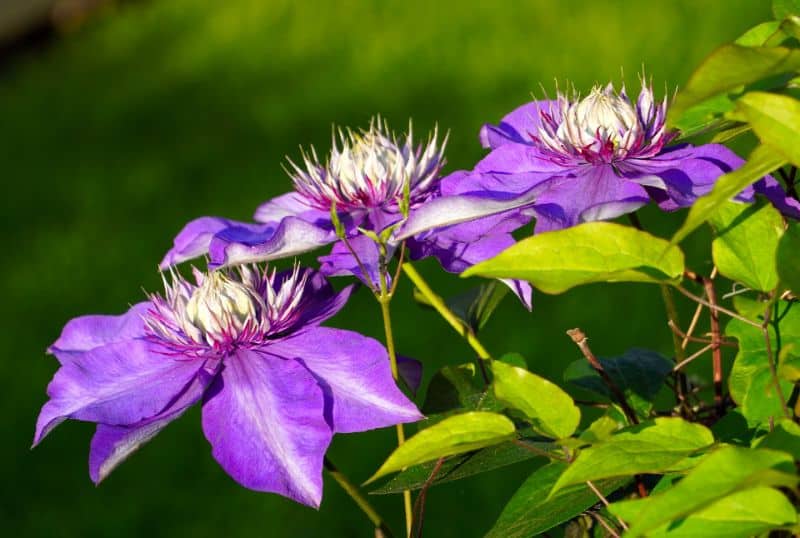
Frequency and Techniques
Maintaining the right moisture balance is crucial. Generally, your clematis will need about an inch of water a week. Newly planted clematis may require more frequent watering until they’re established. Water deeply to encourage deep-root growth.
Rainwater Collection
Clematis responds well to collected rainwater. Using rain barrels not only conserves resources but also provides plants with chemical-free water. Ensure that any irrigation method you choose allows for good drainage to prevent waterlogging.
Fertilization: Boosting Growth

Nutritional Needs
Feeding your clematis is essential for vibrant blooms. Start with a balanced fertilizer in early spring to support new growth. Look for N-P-K ratios (nitrogen, phosphorus, potassium) roughly around 5-10-10.
Organic Options
Consider organic options like fish emulsion or liquid seaweed, which not only provide nutrients but also promote microbial activity in the soil. An annual application in early spring and a light mid-summer feeding will keep your clematis flourishing.
The Importance of Pruning
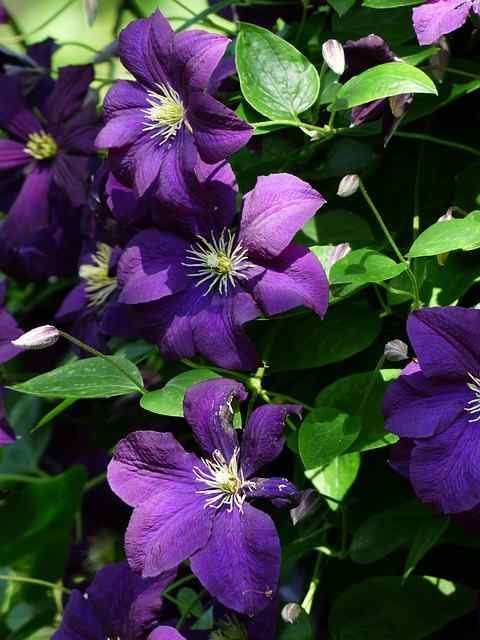
Pruning Techniques by Group
Understanding when and how to prune your clematis is critical to their ongoing health. Each group has different pruning requirements:
Group 1: Minimal to no pruning is required, aside from deadheading.
Group 2: Prune lightly after flowering in late summer.
Group 3: Prune back to 12-18 inches in late winter or early spring to encourage vigorous growth.
Encouraging New Growth
Regular pruning not only encourages branching but can also help in maintaining size and shape while encouraging healthier blooms. Pay attention to removing dead or damaged wood as necessary.
Complications and Challenges: What to Watch For
Pest Management
Clematis can attract pests like aphids, spider mites, and slugs. Regularly inspect your plants and take action as necessary. Neem oil or insecticidal soap can be effective treatments for insect infestations.
Diseases to Watch
Clematis wilt, caused by a fungal pathogen, can be devastating. Symptoms typically include wilting leaves and die-back of stems. To prevent this disease, ensure your clematis has adequate air circulation and avoid overhead watering.
Seasonal Care: Year-Round Attention
Spring Awakening
As the days lengthen and temperatures warm, your clematis will re-emerge from dormancy. Look for signs of new growth and apply your fertilizers accordingly. Also, check for any overwintering issues such as frost damage.
Summer Monitoring
During the warm months, keep a watchful eye on moisture levels and heat stress. Deadheading will encourage continued blooming. Seasonal pruning for group 2 and 3 types will also help enhance flowering.
Autumn Preparation
As winter approaches, it’s essential to prepare your clematis for cold weather. In some regions, covering the base with mulch or straw can protect roots from freezing temperatures.
Winter: Rest and Recharge
While clematis goes dormant in winter, keeping the soil well-mulched will ensure it awakens healthy and vigorous in spring.
Conclusion: The Beauty of Clematis Awaits
With meticulous attention to their growing conditions—climate, soil, sunlight, watering, and overall care—your clematis can thrive and become the centerpiece of your garden. Choosing the right variety for your region and using a thoughtful approach to their cultivation will lead to beautiful displays of flowers that you—and your garden—will cherish year after year.




